Artist Interviews 2022
Jenny Hager 
By Johnny Otto
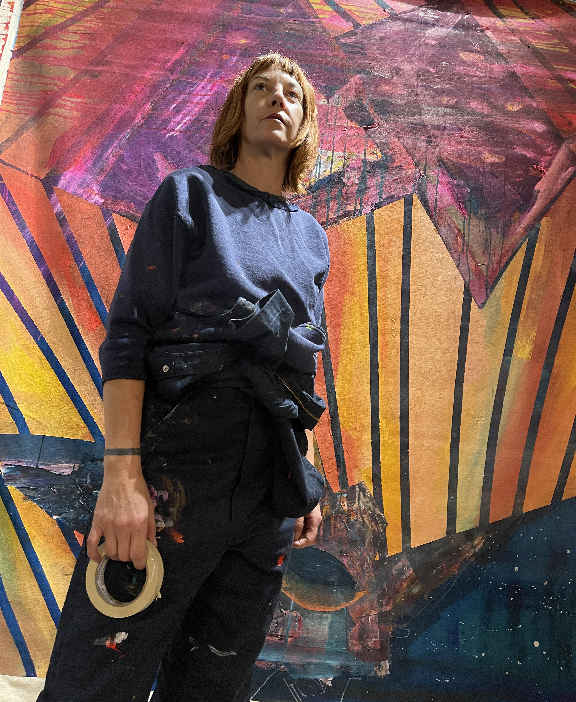
Jenny, you've received two Joan Mitchel Foundation Grants. Does that mean that you are inspired by her work or who are your influences?
Receiving two Joan Mitchell Foundation Grants was an incredible honor for several reasons. Not only have I been influenced by her painting, but also by the relentless nature in which she pursued her work (for better or for worse). I admire women that misbehave.
I attended the New York Studio School of Drawing, Painting, and Sculpture from 1994-1996. For those who are not familiar with the Studio School, it was founded in 1964 by Mercedes Matter and early faculty included Charles Cajori, Philip Guston, Alex Katz, Nicolas Carone, Meyer Shapiro, and Leo Steinberg to name a few. Obviously, there was a direct lineage to Abstract Expressionism, and while the school was much more than this lineage, it introduced me to the practice of building a painting that honors accumulation and palimpsest as an active understructure and have the courage to leave the painting in a place that asks more questions than it answers. Joan Mitchell was a seminal figure utilizing this language of exploration through the materiality of paint, personalizing it with her notion of landscape. I have attempted to build my language of abstraction around a specific narrative as well, but purposely leave it open to interpretation.
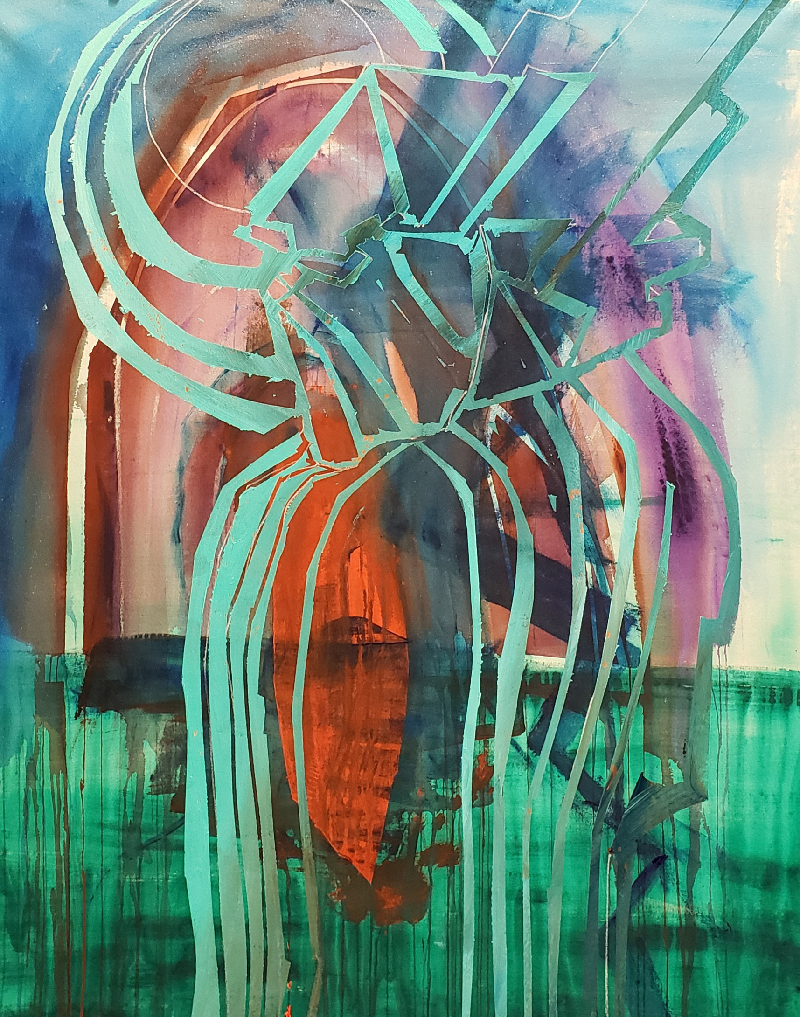
How do you describe your style?
I would describe my style of painting as sitting between abstraction and non-representation,
and I often utilize a high key palette in order to create an otherworldly sense of urgency. I juxtapose structure and patterning against more organic, expressionistic,
and ephemeral forms and passages. I’ve summarized my painting in casual conversation as “mountains, monsters, and cosmos”, and I employ a personal symbol system that folds
in elements of landscape and the natural world, monsters, real or imagined, alongside tension between the explicable and inexplicable. I am attempting to bypass immediate recognition and drift on the double-edged sword of wonder.
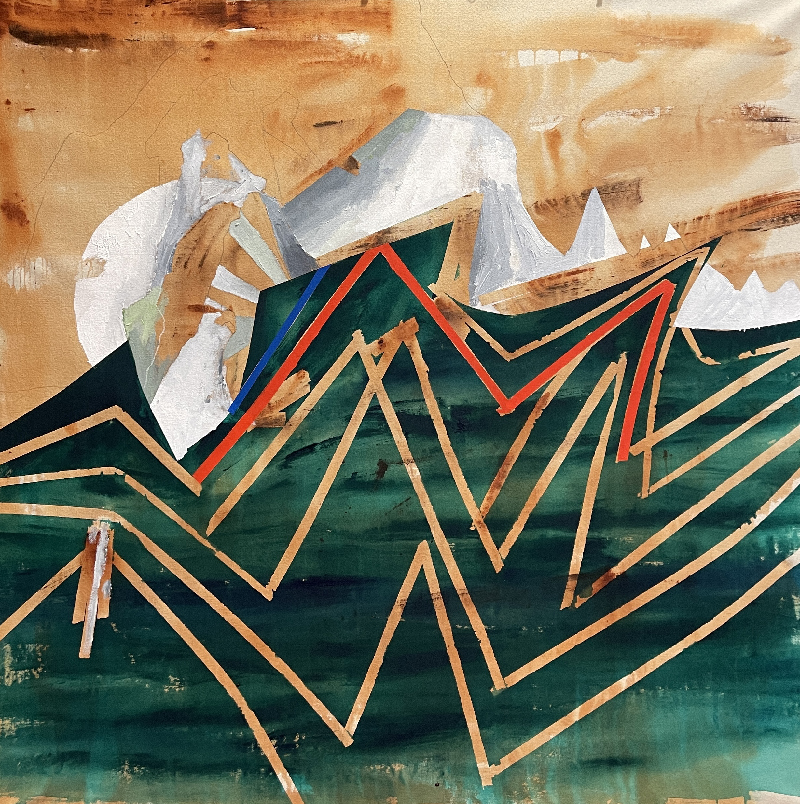
You've shown your work in New York City, Los Angeles, San Francisco, Philadelphia, Phoenix, Atlanta, London, Berlin, Brisbane, Lecce, Paros, and Budapest. How have those different cities influenced your work and are there any shows or places that stand out to you?
I have had my work shown in many different cities, and I wish I had been able to accompany my work to all of them. I have lived and made art in New York City, Philadelphia, and Los Angeles, but I also think it’s important to say that I had the benefit of parents who believed in traveling with their children. I spent a lot of time in the back of a station wagon that looked very similar to the Griswald’s, driving cross country to the Rockies, the Tetons, Mesa Verde, Bryce, Zion, Monument Valley and the Grand Canyon. These living monuments made quite an impression upon me. At the age of 12 we took a trip to Israel, Egypt, Greece, and Italy. Visiting these countries left an indelible impression of the history of artistic endeavors across time and cultures. I have always been enamored by the monsters that inhabit mythology, and this trip fired my imagination by spending time in the cultures that created them.
Moving from the East Coast to Los Angeles probably had the most profound effect on my painting. I had just finished grad school, so I think my painting was bound to change regardless, but there is something about the light of Los Angeles, as well as the weather, that lightened not only my mood, but my palette. Being introduced firsthand to the Light and Space movement in LA also had the effect of clearing out my paintings to a certain extent, embracing the ethereal.
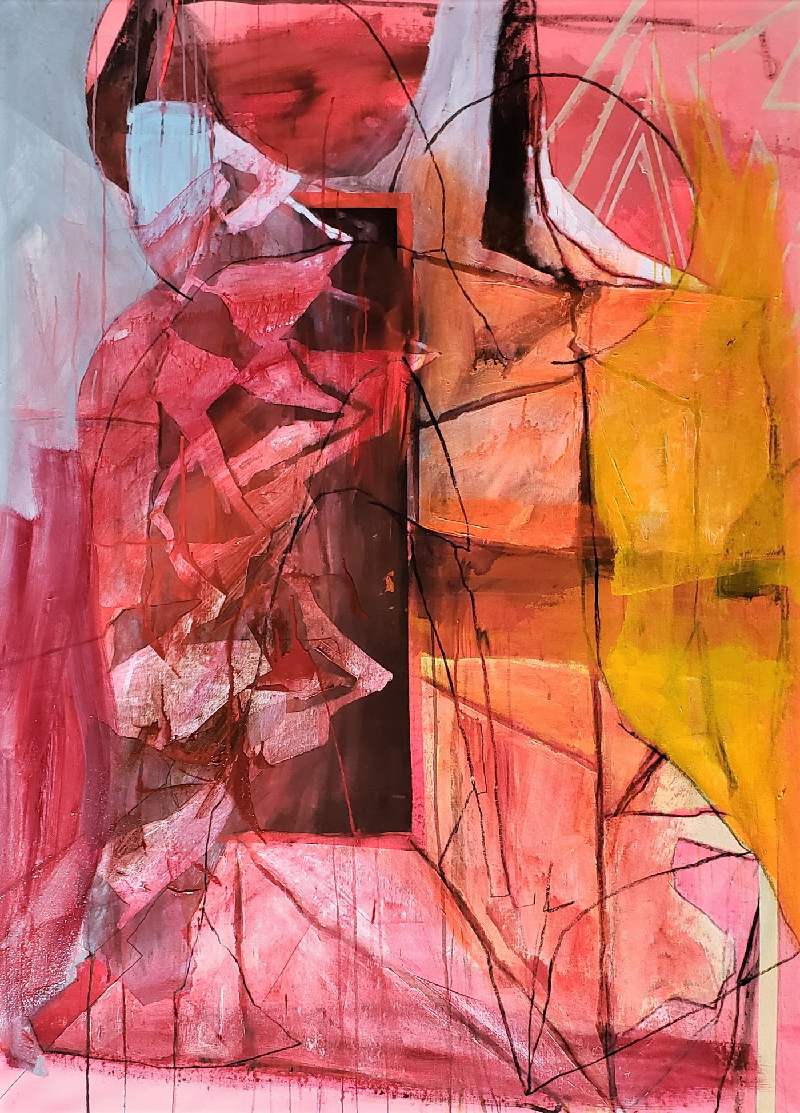
What is the Durden and Ray collective?
Durden and Ray is a gallery and art collective that was founded in 2009 by Max Presneill and Roni Feldman. Today it is composed of 24 artists and curators who collaborate to create exhibition opportunities in our downtown gallery. We have a strong international exchange program with artist groups and gallery spaces around the world, with the intent of fostering dialogues with our respective art communities. Often unspoken or under-represented is what it means to be a part of a collaborative community and the amount of work involved. I am speaking from a purely personal experience of being a member of Durden and Ray, but as an artist-run gallery I feel there is a love of collaboration and appreciation of each other's art practice and support that does not rely on commercial success.
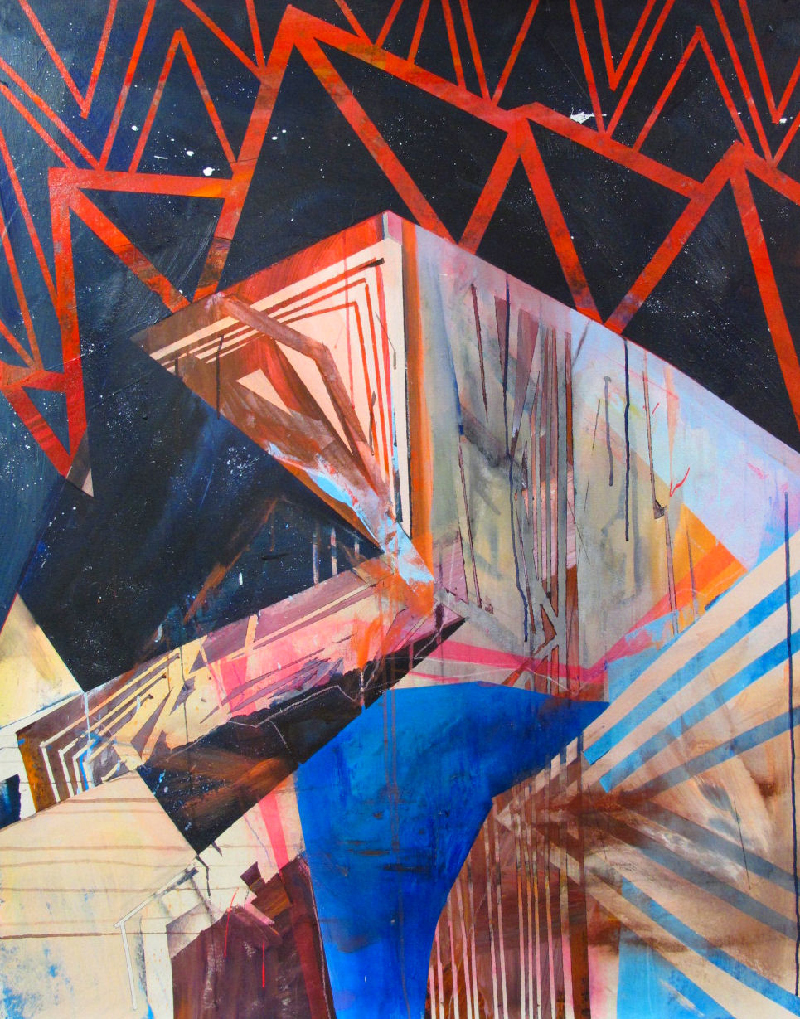
I am captivated by your use of color. Can you tell me what it means to you and if there are certain colors that have deeper meanings to you?
As I mentioned, I favor a high key color palette to create a sense of urgency and other worldly beauty. I favor fluorescents because they are found in nature in sunsets and sunrises but are also a sign of venomous animals…beauty and danger. I love Nova Color’s Fluorescent Red, and probably use it entirely too much. Again, it portrays a sense of urgency, but can be thinned into delicate washes that summon wishes and better times, while holding their own with a deep sci-fi glow.
Phthalo Blue is another favorite. I was warned as a student to use it sparingly and have not heeded this advice. It is the blue of cosmos and fathoms, the deepest space, and the deepest lake, representing areas uncharted. It feels familiar and warm but can overtake a painting almost on a whim.
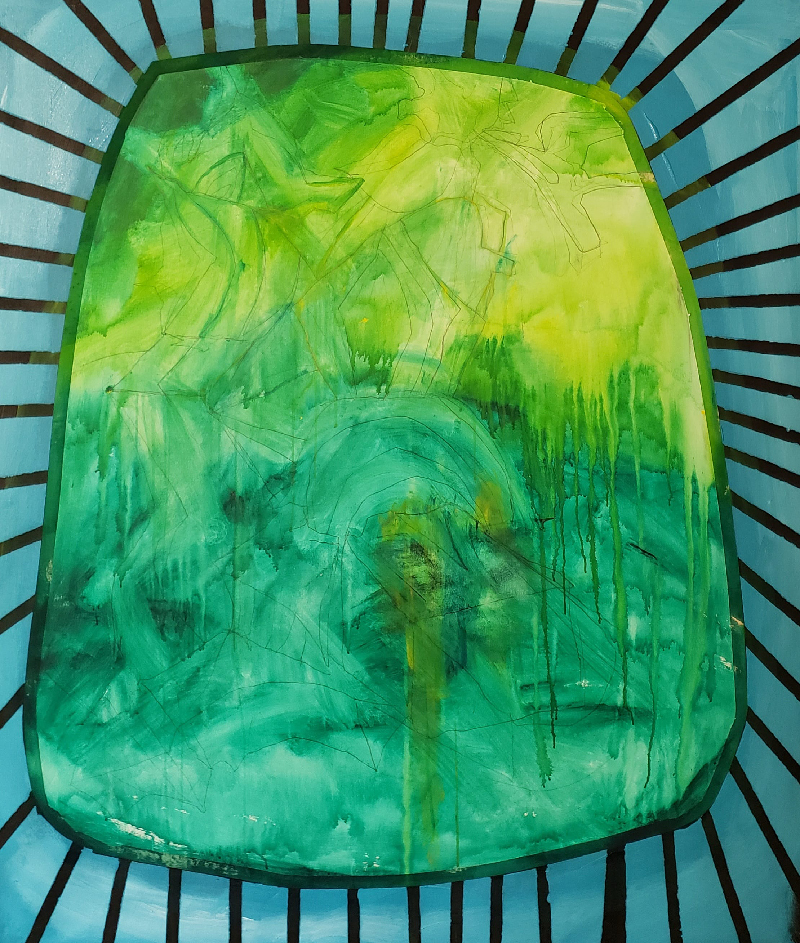
Who would you love to collaborate with?
Three artists I would love to collaborate with are Mary Reid Kelley, Tom Dunn, and Max Presneill. I connect with Mary Reid Kelley’s actualization of her desire to enact the characters behind her 2d works in such a captivating space. I love how she uses mythology to take on contemporary issues, and I would love to be privy to her artistic process. Likewise with Tom Dunn. He’s making these incredibly wild large paintings rife with monsters and surreal passages, and he is animating them with a crude visceral quality and energy that is of interest to me. I often feel constrained by the mundane and overwhelming responsibility of being coherent, and I feel that Mary Reid Kelley and Tom Dunn have found a way to subvert this everyday familiarity while accessing fantasy and insubordination. They are not recreating the wheel but are spinning it in a different way.
I know that Max Presneill and Tom have had some late-night painting collaborations that I can imagine are a very fun time. Max brings a level of energy and directness to his painting (and everything else), that I envy. He also brings a level of dialogue to painting that I would like to engage with. We have talked about collaborating, and I am the hold up in this equation. Raising a child has gotten the better of me in the last few years, but now that I’ve publicly stated it, I had better carry through!
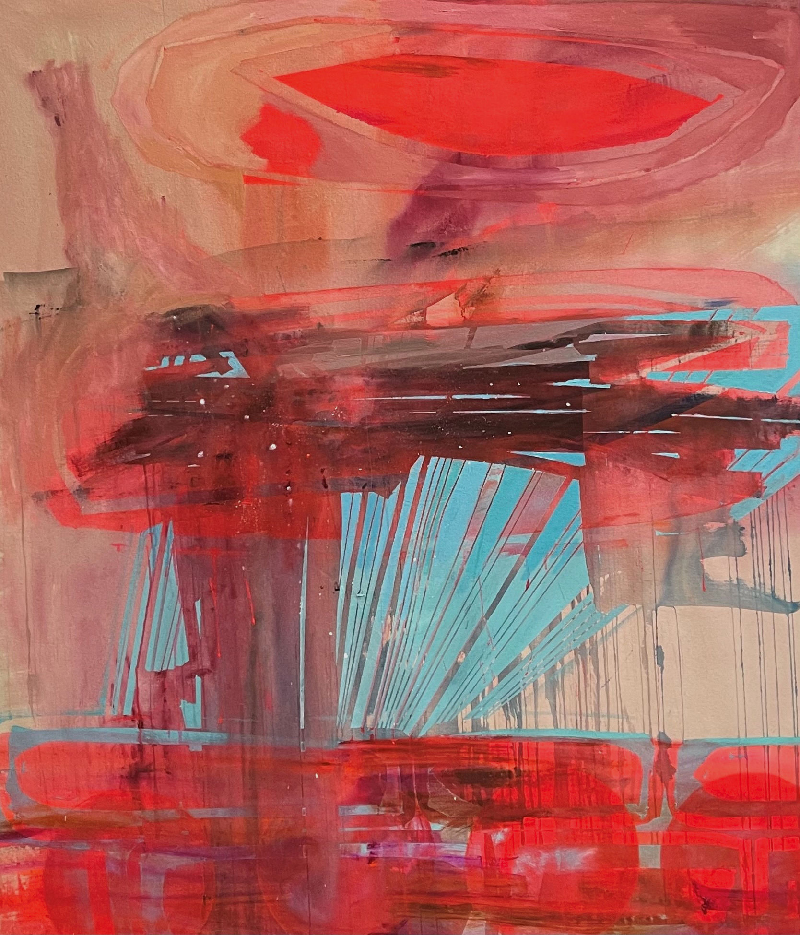
Does art have the power to change the world or at least change minds?
I hope art has the power to change the world, or at least change minds. It’s about exposure to different representations or voices. I recently learned of the Tunisian artist Mohsen Lihidheb who gathers shoes, clothing, books, and other human owned detritus that washes ashore in Zarzis, Tunisia. He started his collection to honor the migrants who died trying to cross the Mediterranean and displays these objects in what is almost a graveyard museum. He is attempting to bring more awareness of the environment and the plight of refugees and the human cost of immigration policies, and it is these physical manifestations of global issues that can engender change.
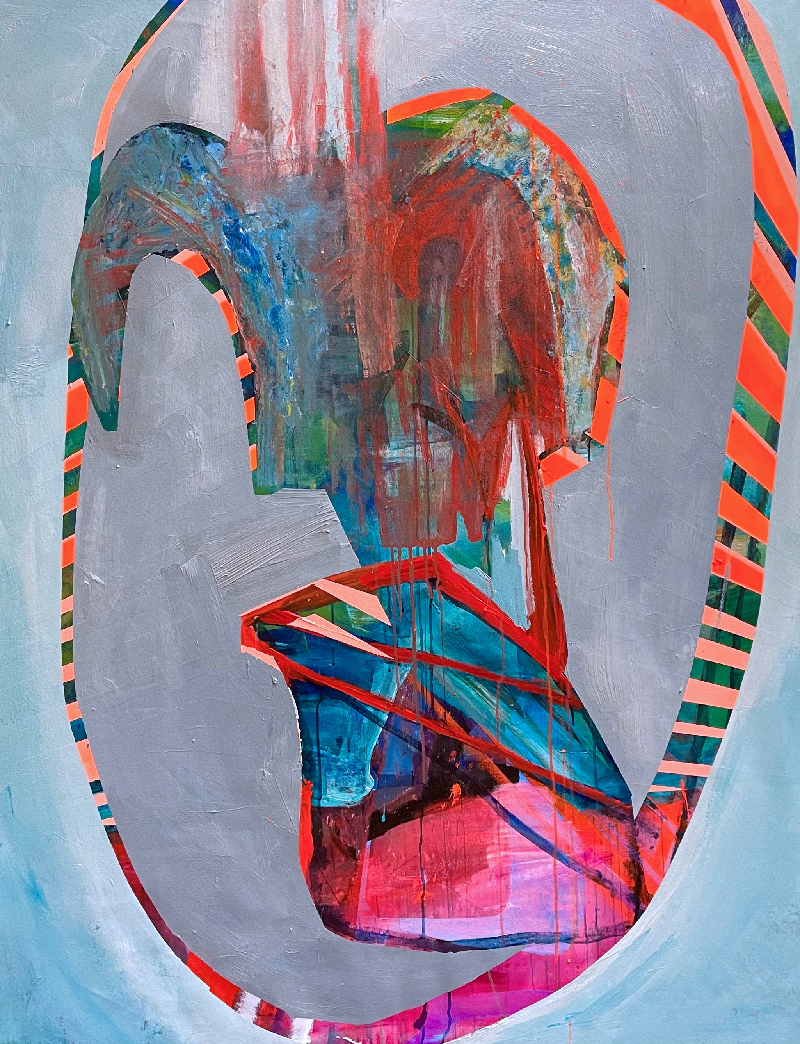
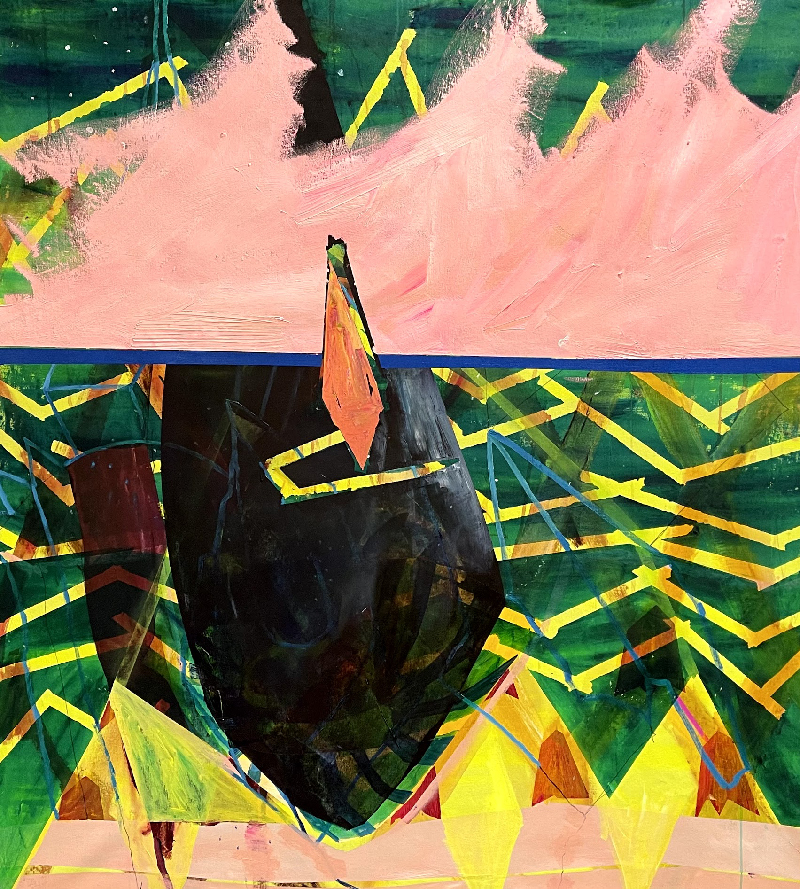
What is coming up for you or in the near future? Any shows? Goals?
Upcoming, I have paintings in several international exchanges with Durden and Ray. I had hoped to use the Pandemic to create a new body of work, however, ushering a teen through online school, and a sense of loss and anxiety proved to not to be the best studio mates. I’ve been slow to come out of hibernation but am getting there. I’m looking to get more artists and curators in my studio in the upcoming year.
I have a curatorial project that I am working on for Durden and Ray, slated for May 2024. My two co-curators are Dani Dodge (fellow member of Durden and Ray), and Richard Davey, Senior Research Fellow in Historical and Critical Studies in the School of Art and Design at Nottingham Trent University. The working title of our exhibition is “Impossible Spaces: Loss as Presence”. We will be exploring ambiguous and intangible loss, as well as how artists navigate grief and loss through their work process. We are very excited about this project, and we feel it is particularly timely given the Pandemic, world events, and this time of Pan-collective loss
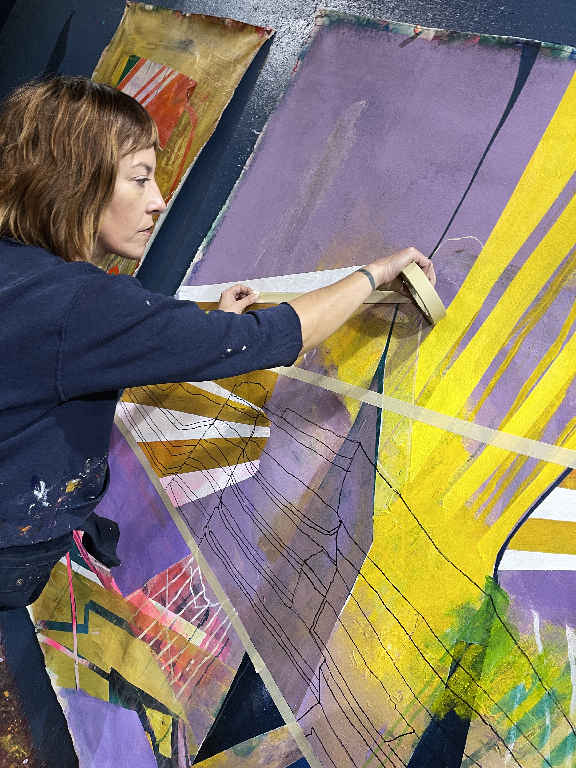
|
|

